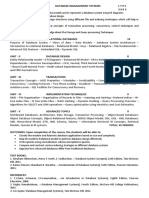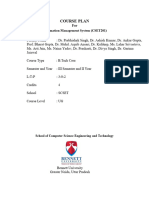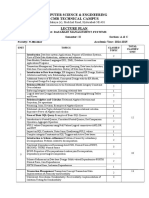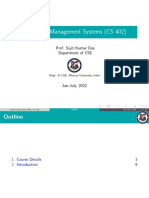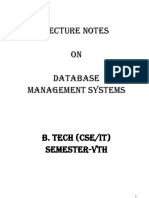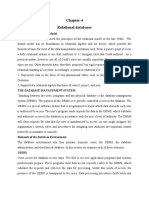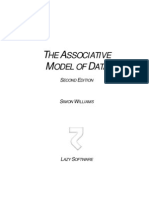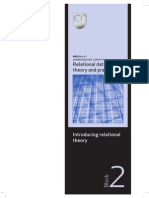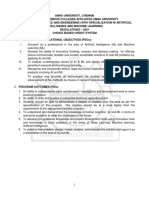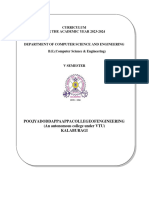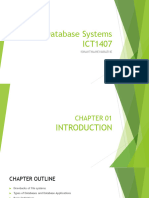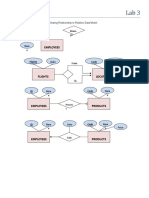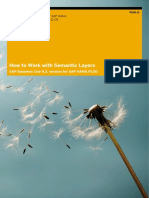MAHENDRA ENGINEERING COLLEGE
(Autonomous)
Syllabus
Computer Science and Programme
Department 1031
Engineering Code
IV Semester
Credi Maximum
Course code Course Name Hours/week
t marks
DATABASE MANAGEMENT L T P C
22CS14401 100
SYSTEMS 3 0 0 3
The student should be made to:
● To learn the fundamentals of data models and to represent a database
system using ER diagrams.
● To study SQL and relational database design.
Objective(s)
● To understand the fundamentals of transaction processing and query
processing
● Familiarize with different types of files and indexing techniques
● Understand the special databases
The students will be able to:
● Describe basic concepts of database system and Map ER model to
Relational model
● Apply SQL for business related problems to perform database design
Outcome(s) effectively
● Express the fundamentals of transaction processing and query
processing
● Implement different types of files and indexing techniques
● Appraise how advanced databases differ from traditional databases.
UNIT I INTRODUCTION 9
Database Systems– DBMS Architecture – Data Independence – Data Models - Entity-
relationship model, network model, relational and object oriented data models
UNIT II DATABASE DESIGN 9
Relational Model Concepts – Relational Algebra – SQL – Basic Queries – Views – Constraints
- Embedded SQL - Database Design – Functional Dependencies – Normal Forms –1NF –
2NF- 3NF- BCNF - Join Dependencies and Fifth Normal Form.
UNIT III TRANSACTION PROCESSING 9
Transaction Processing – Properties of Transactions - Serializability – Transaction Support in
SQL -Locking Techniques – Time Stamp Ordering - Recovery Concepts – Shadow Paging –
Log Based Recovery – Database Security Issues.
UNIT IV FILES AND INDEXING 9
�File Operations – Hashing Techniques – Indexing – Single level and Multi-level Indexes – B+
Tree –Static Hashing - Query Processing Overview – Algorithms for SELECT and JOIN
operations
UNIT V SPECIAL DATABASES 9
Distributed Databases: Architecture – OODBMS – Object-Based Databases - OO Data Model
- OO Languages –Object Relational Databases - XML – Structure of XML - Temporal
Databases – Mobile Databases.
Total hours = (L:45): 45 Hours
TEXT BOOK :
Abraham Silberschatz, Henry F. Korth and S. Sudharshan, “Database System
1
Concepts”, Seventh Edition, Tata Mc Graw Hill, 2013.
REFERENCES:
Ramez Elmasri and Shamkant B. Navathe, “Fundamentals of Database
1
Systems”, seventh Edition, Pearson Education, 2016.
Raghu Ramakrishnan, ―Database Management Systems‖, Fourth Edition, McGraw-Hill
2
College Publications, 2015.
C.J.Date, A.Kannan and S.Swamynathan, “An Introduction to Database Systems”,
3
Eighth Edition, Pearson Education, 2006..
Thomas Cannolly and Carolyn Begg, “Database Systems, A Practical Approach to
4
Design, Implementation and Management”, sixth Edition, Pearson Education, 2019
Introduction to Database Systems - nptel online courses By Prof. Sreenivasa Kumar,
5
IIT Madras
BoS Chairman






